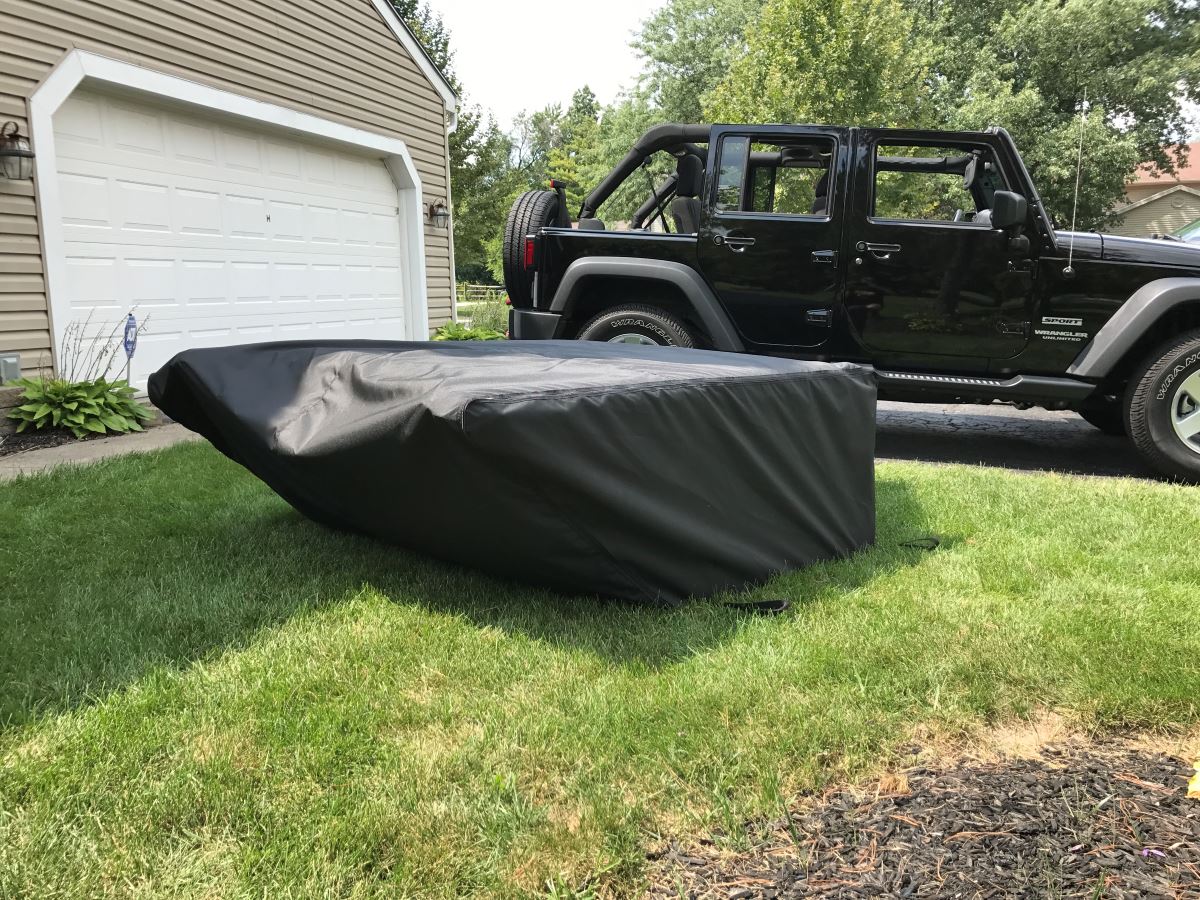

Articles
How To Store A Jeep Hardtop
Modified: January 6, 2024
Learn the best methods for storing your Jeep hardtop in this informative article. Find step-by-step instructions and expert tips to keep your hardtop safe and protected.
(Many of the links in this article redirect to a specific reviewed product. Your purchase of these products through affiliate links helps to generate commission for Storables.com, at no extra cost. Learn more)
Introduction
Welcome to our comprehensive guide on how to store a Jeep hardtop. If you’re a proud owner of a Jeep and are looking for ways to properly store your hardtop when it’s not in use, you’ve come to the right place. A Jeep hardtop is a valuable and important component of your vehicle, and proper storage techniques can help prolong its lifespan and keep it in excellent condition.
Storing a Jeep hardtop may seem like a daunting task, but with the right preparation and steps, you can ensure it is safely stored and ready for use when you need it. In this article, we will walk you through the process of storing your Jeep hardtop, from gathering the necessary supplies to properly securing it in storage.
Before we dive into the steps, it’s important to note that proper storage of your Jeep hardtop not only protects it from potential damage, but also saves valuable space in your garage or storage area. So, let’s get started and learn how to store a Jeep hardtop effectively.
Key Takeaways:
- Properly storing your Jeep hardtop is crucial for maintaining its integrity, protecting it from damage, and prolonging its lifespan. Follow the comprehensive guide to ensure safe and effective storage.
- Regular maintenance and attention to detail will help preserve the appearance and functionality of your Jeep hardtop over time. By following the outlined steps, you can confidently store and protect your investment for years to come.
Read more: How To Store Bronco Hardtop
Step 1: Gather the necessary supplies
Before you begin the process of removing and storing your Jeep hardtop, it’s important to gather the necessary supplies. Having these items on hand will ensure a smooth and efficient storage process. Here are the supplies you’ll need:
- Jeep hardtop removal kit: This kit typically includes all the tools and equipment needed to safely remove the hardtop, such as a hoist system, lifting straps, and fasteners.
- Clean cloth or microfiber towels: These will be used to wipe down and clean the hardtop before storage.
- Cleaning solution: Choose a cleaning solution specifically formulated for automotive surfaces to effectively remove any dirt or grime from the hardtop.
- Soft brush or sponge: An extra soft brush or sponge can be used to gently scrub away any stubborn stains on the hardtop.
- Protective cover: Investing in a good quality protective cover for your Jeep hardtop is essential to shield it from dust, dirt, and scratches during storage.
- Storage rack or cart: A storage rack or cart is a convenient way to keep the hardtop elevated and off the ground, minimizing the risk of damage.
- Fasteners and bungee cords: These can be used to securely fasten the hardtop to the storage rack or cart.
By gathering all of these supplies beforehand, you’ll be well-prepared and ready to tackle the process of removing and storing your Jeep hardtop with ease. Next, we’ll move on to the preparation steps before removing the hardtop.
Step 2: Preparation for removing the hardtop
Before you start removing the Jeep hardtop, it’s important to take a few preparatory steps to ensure a smooth and safe process. Here’s what you need to do:
- Find a suitable storage area: Identify a clean and well-ventilated area where you can safely store the hardtop. This can be a garage, shed, or any other covered space that provides protection from the elements.
- Clear the area: Remove any obstacles, tools, or equipment from the storage area to create enough space for the hardtop and to prevent any accidents or damage during the removal process.
- Inspect the hardtop: Before removing the hardtop, carefully inspect it for any signs of damage or cracks. If you notice any issues, it’s recommended to address them before storing the hardtop to prevent further damage.
- Disconnect electrical connections: If your Jeep has any electrical components attached to the hardtop, such as lights or wipers, disconnect them by following the manufacturer’s instructions to avoid any damage during removal.
- Gather a team: Removing a Jeep hardtop can be a two-person job. Find a friend or family member to assist you in safely lifting and removing the hardtop from your vehicle.
- Read the owner’s manual: Take some time to familiarize yourself with your Jeep’s owner’s manual, as it may contain specific instructions or precautions for removing and storing the hardtop.
By completing these preparatory steps, you’ll be well-prepared for the process of removing your Jeep hardtop. Next, we’ll move on to the step-by-step process of safely removing the hardtop from your vehicle.
Step 3: Removing the hardtop safely
Now that you’ve completed the necessary preparations, it’s time to remove the Jeep hardtop safely. Follow these steps to ensure a smooth and secure removal:
- Position the hoist system: If you’re using a hoist system, position it according to the manufacturer’s instructions. Ensure that it is securely attached and can safely lift the weight of the hardtop.
- Secure the lifting straps: Attach the lifting straps to the designated points on the hardtop. Make sure they are properly secured and evenly positioned to distribute the weight.
- Coordinate with your partner: Communicate with your partner to ensure synchronized movement during the lifting process. Choose a clear and safe path for removing the hardtop from your Jeep.
- Lift the hardtop: Slowly start to lift the hardtop using the hoist system or by carefully lifting it with your partner. Use steady and controlled movements, avoiding any sudden jerks or shifts.
- Clear the vehicle: Once the hardtop is lifted, carefully move it away from the vehicle and place it on a soft surface, such as a blanket or foam pads, to protect it from scratches or damage.
- Inspect the Jeep’s mounting points: Take a moment to inspect the mounting points on your Jeep. Ensure that there are no loose parts, screws, or bolts that need attention before storing the hardtop.
With these steps, you’ll be able to safely remove the Jeep hardtop from your vehicle. Remember to take your time and prioritize safety throughout the process. Next, we’ll move on to cleaning the hardtop before storage.
Step 4: Cleaning the hardtop before storage
Before you store your Jeep hardtop, it’s crucial to give it a thorough cleaning to remove any dirt, grime, or debris that may have accumulated. Cleaning the hardtop not only helps maintain its appearance but also prevents any buildup that could potentially damage the surface over time. Follow these steps to effectively clean your hardtop:
- Prepare the cleaning solution: Dilute the automotive cleaning solution according to the instructions provided. It’s important to use a solution that is specifically formulated for automotive surfaces to ensure effective cleaning without causing any damage.
- Wipe down the hardtop: Use a clean cloth or microfiber towel soaked in the cleaning solution to wipe down the entire surface of the hardtop. Pay attention to any areas with stubborn stains or dirt, and gently scrub them with a soft brush or sponge.
- Pay attention to crevices and edges: Clean hard-to-reach areas, such as the edges and crevices of the hardtop, using a soft brush or an old toothbrush. This will help remove any hidden dirt or grime that may be present.
- Rinse and dry: Once you’ve thoroughly cleaned the hardtop, rinse it off using clean water. Make sure to remove any residue left behind by the cleaning solution. After rinsing, use a clean cloth or microfiber towel to dry the hardtop completely.
- Inspect for any missed spots: Take a moment to inspect the hardtop and make sure you haven’t missed any spots. If you notice any remaining dirt or grime, repeat the cleaning process in those areas until the surface is clean and free from any debris.
- Apply a protective wax (optional): If desired, you can apply a layer of protective wax to the cleaned hardtop. This will provide an additional layer of protection against dust, UV rays, and other environmental elements during storage.
By following these steps, you’ll ensure that your Jeep hardtop is thoroughly cleaned and ready for storage. A clean and well-maintained hardtop will not only look better but also remain in better condition over time. Next, we’ll explore the proper storage options for your Jeep hardtop.
When storing a Jeep hardtop, use a hoist system to safely lift and suspend the top from the ceiling of your garage. This will free up floor space and protect the hardtop from damage.
Read more: How To Store A Jeep Soft Top
Step 5: Proper storage options for a Jeep hardtop
When it comes to storing your Jeep hardtop, it’s important to choose the right storage options to ensure its safety and longevity. Here are some recommended storage options:
- Hardtop storage cart: Investing in a hardtop storage cart is a convenient and efficient option. These carts are specifically designed to securely hold and protect your hardtop while it’s not in use. Look for a cart with padded or adjustable arms to prevent any scratches or damage to the hardtop.
- Wall-mounted hoist system: If you have limited floor space, a wall-mounted hoist system can be a great solution. This allows you to lift and store the hardtop vertically against the wall. Make sure the hoist system is sturdy and installed correctly for safety.
- Ceiling-mounted pulley system: Another space-saving option is a ceiling-mounted pulley system. This suspends the hardtop from the ceiling, keeping it out of the way and creating more floor space in your garage or storage area. Ensure that the pulley system is properly installed and can safely support the weight of the hardtop.
- Custom-built storage rack: If you’re handy with DIY projects, you can build a custom storage rack for your Jeep hardtop. This gives you the flexibility to design a rack that fits your space and specific storage needs. Make sure the rack provides adequate support and protection for the hardtop.
- Soft storage bag: If you don’t have space for a rack or cart, consider investing in a durable and padded soft storage bag. These bags are designed to protect your hardtop from dust and scratches while being stored on a flat surface.
When storing your Jeep hardtop, remember to keep it in a clean and dry environment to prevent any moisture buildup or potential damage. It’s also a good idea to cover the hardtop with a protective cover or sheet to provide an additional layer of protection against dust and other elements.
Choose a storage option that suits your needs and available space. Whatever method you choose, be sure to secure the hardtop to the storage option using fasteners or bungee cords to prevent any accidental movement or damage.
Next, we’ll move on to step 6, where we’ll discuss how to properly secure the hardtop in storage.
Step 6: Securing the hardtop in storage
Once you’ve chosen the appropriate storage option for your Jeep hardtop, it’s important to properly secure it to ensure it stays in place and remains safe during storage. Here are some steps to follow for securing your hardtop:
- Use fasteners or bungee cords: Depending on the storage option you’ve chosen, use fasteners or bungee cords to secure the hardtop in place. Attach them tightly, but be cautious not to over tighten to avoid any potential damage to the hardtop.
- Double-check stability: Once the hardtop is secured, give it a gentle shake or tug to check if it’s stable. If there is any movement, readjust the fasteners or cords to ensure a secure fit.
- Follow the manufacturer’s instructions: If you’re using a specific storage rack or cart, it’s important to follow the manufacturer’s instructions regarding the proper way to secure the hardtop. This will ensure that you’re using the storage option correctly and maximizing its effectiveness.
- Consider additional support: If your hardtop is particularly heavy or you’re storing it for an extended period, you may want to consider additional support options. This can include using extra straps or padding to provide added stability and protection.
- Keep the hardtop covered: To further protect the hardtop while it’s in storage, keep it covered with a protective cover or sheet. This will help prevent dust, dirt, and any accidental scratches or damage.
By taking the time to properly secure your hardtop, you’ll ensure that it remains safe and undamaged during storage. Remember to periodically check the fasteners or cords to ensure they remain tight and secure throughout the storage period.
Next, we’ll move on to step 7, where we’ll provide you with some regular maintenance tips to keep your Jeep hardtop in optimal condition over time.
Step 7: Regular maintenance tips for a Jeep hardtop
In order to keep your Jeep hardtop in optimal condition, it’s important to perform regular maintenance. Follow these tips to ensure the longevity and durability of your hardtop:
- Clean and inspect regularly: Regularly clean the hardtop to remove any dirt, grime, or debris that may accumulate. Inspect it for any signs of damage, such as cracks or scratches, and address them promptly to prevent further issues.
- Apply protective coating: Consider applying a protective coating or wax to the hardtop to provide an extra layer of protection against UV rays, dust, and other environmental elements. This will help maintain its shine and prevent fading or discoloration.
- Store in a climate-controlled environment: If possible, store your Jeep hardtop in a climate-controlled environment. Extreme temperatures and humidity can affect the integrity of the hardtop, so keeping it in a controlled environment will help prevent any potential damage.
- Regularly check the seals: Inspect the weather seals around the edges of the hardtop for any signs of wear or damage. Replace them if necessary to ensure they effectively keep out water and prevent leaks or drafts.
- Avoid placing heavy objects on top: When storing the hardtop or placing items nearby, avoid stacking heavy objects on top of it. This could cause unnecessary pressure or damage to the hardtop.
- Do not set it on the ground: Avoid placing the hardtop directly on the ground when storing it. Use a storage rack, cart or a soft surface to protect it from scratches or potential damage.
- Follow manufacturer instructions: Always refer to your Jeep hardtop’s specific manufacturer instructions for any maintenance recommendations or guidelines. They will provide valuable information on cleaning, storage, and care for your specific model.
By following these regular maintenance tips, you’ll keep your Jeep hardtop in excellent condition and ensure that it lasts for years to come. Remember, consistent care and attention to detail will go a long way in preserving the quality and appearance of your hardtop.
Now that you’re equipped with the knowledge and steps to properly store and maintain your Jeep hardtop, you can confidently enjoy its benefits while keeping it protected during the off-season or whenever you choose to remove it. Happy off-roading!
Conclusion
Properly storing your Jeep hardtop is essential to maintain its integrity, protect it from damage, and prolong its lifespan. By following the steps outlined in this comprehensive guide, you can ensure a safe and effective storage process for your hardtop.
From gathering the necessary supplies to cleaning the hardtop, choosing the right storage option, and securing it in place, each step plays a crucial role in maintaining the condition of your hardtop. Regular maintenance and attention to detail will help preserve its appearance and functionality over time.
Remember, taking the time to inspect and clean your hardtop regularly, storing it in a suitable environment, and following the manufacturer’s instructions will go a long way in ensuring its longevity and protecting your investment. By properly caring for your Jeep hardtop, you can enjoy many adventures and off-road experiences with peace of mind.
We hope this guide has provided you with valuable insights and practical tips to store your Jeep hardtop effectively. Now, go ahead and confidently store your hardtop when it’s not in use, knowing that you have taken the necessary steps to preserve its quality and keep it in great condition for years to come.
Frequently Asked Questions about How To Store A Jeep Hardtop
Was this page helpful?
At Storables.com, we guarantee accurate and reliable information. Our content, validated by Expert Board Contributors, is crafted following stringent Editorial Policies. We're committed to providing you with well-researched, expert-backed insights for all your informational needs.
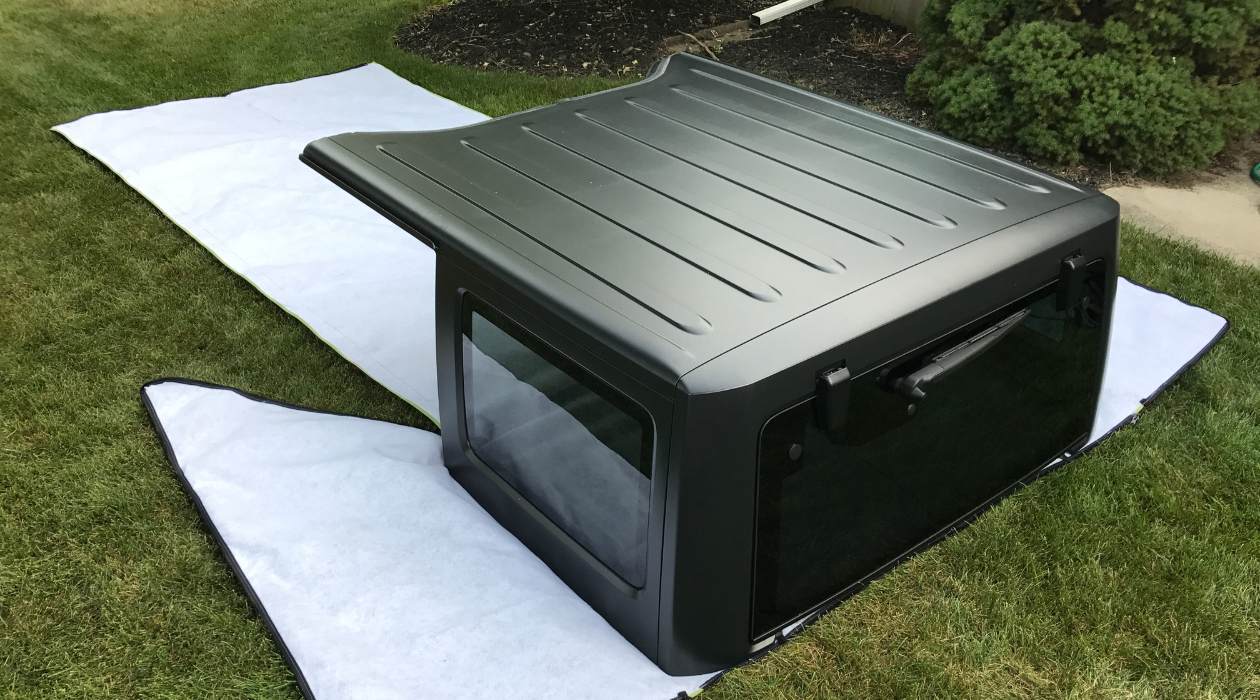
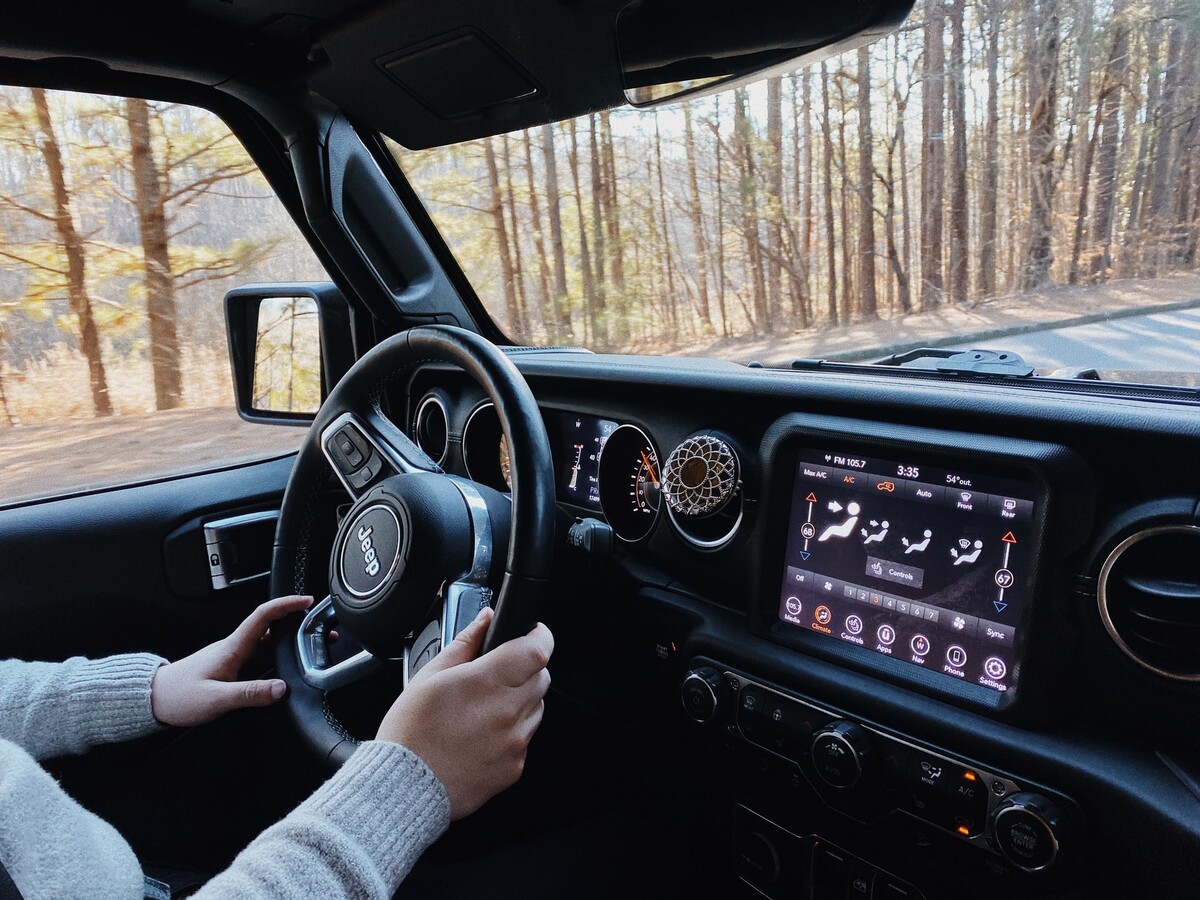

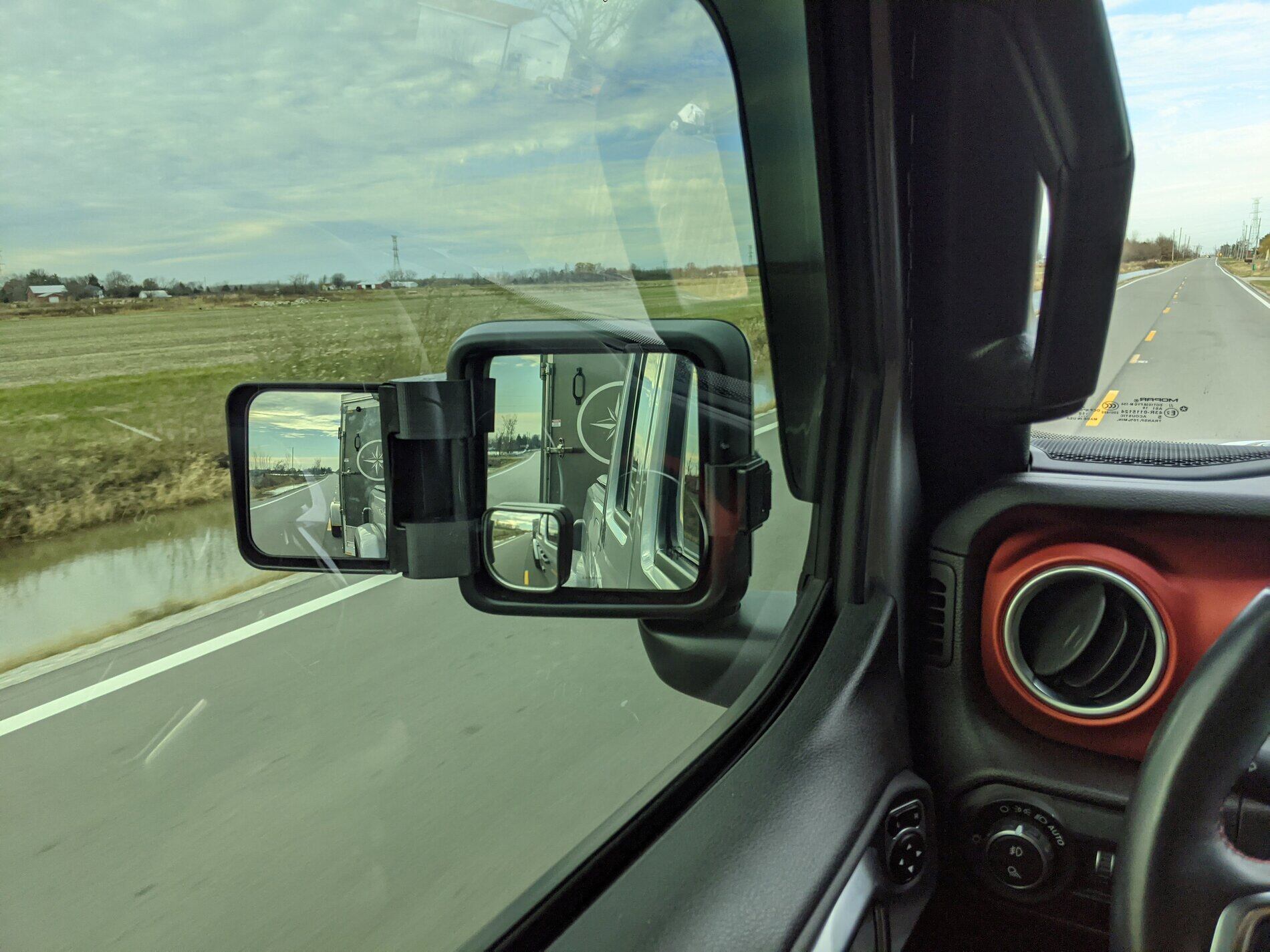
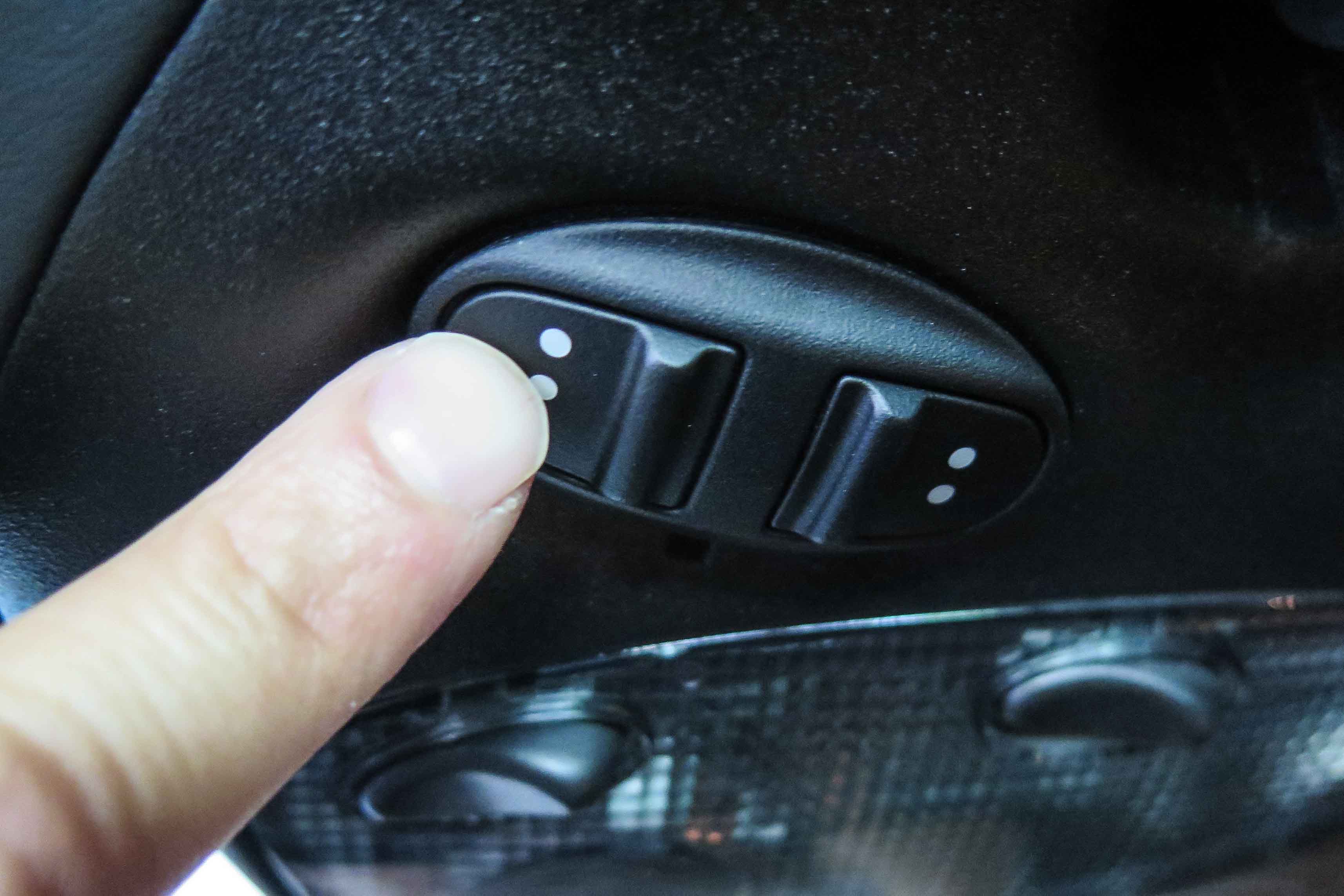
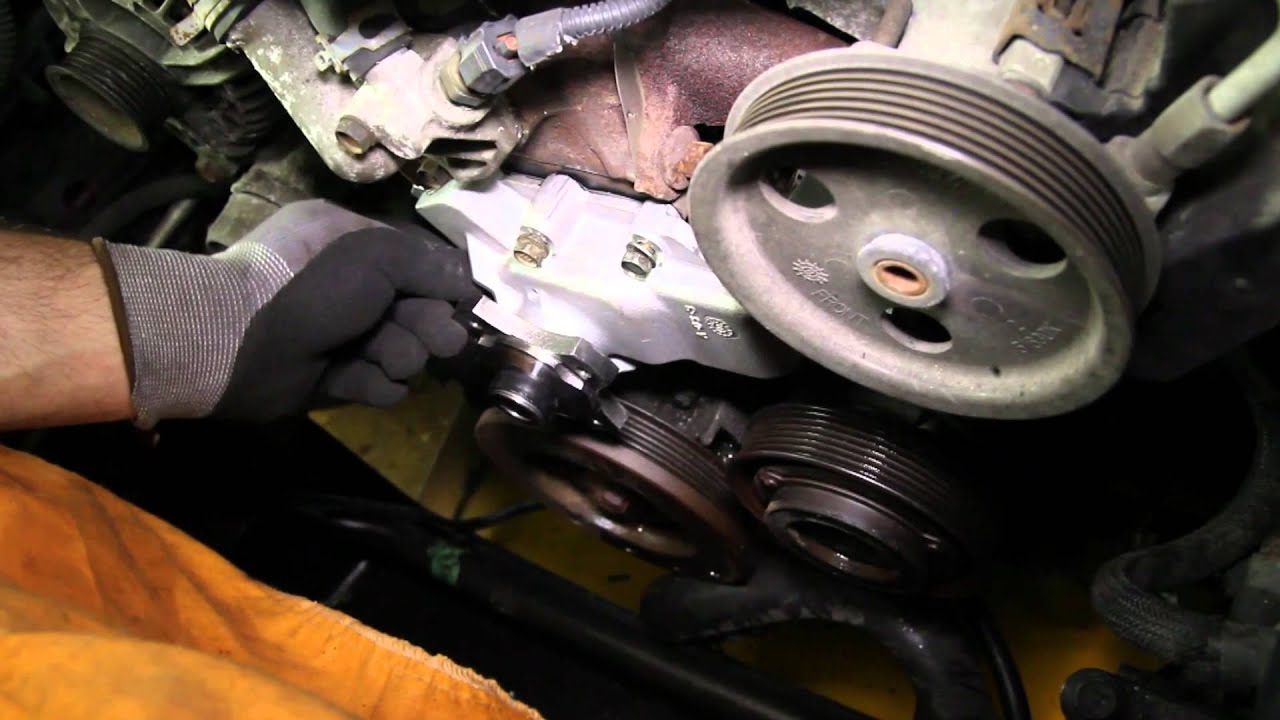
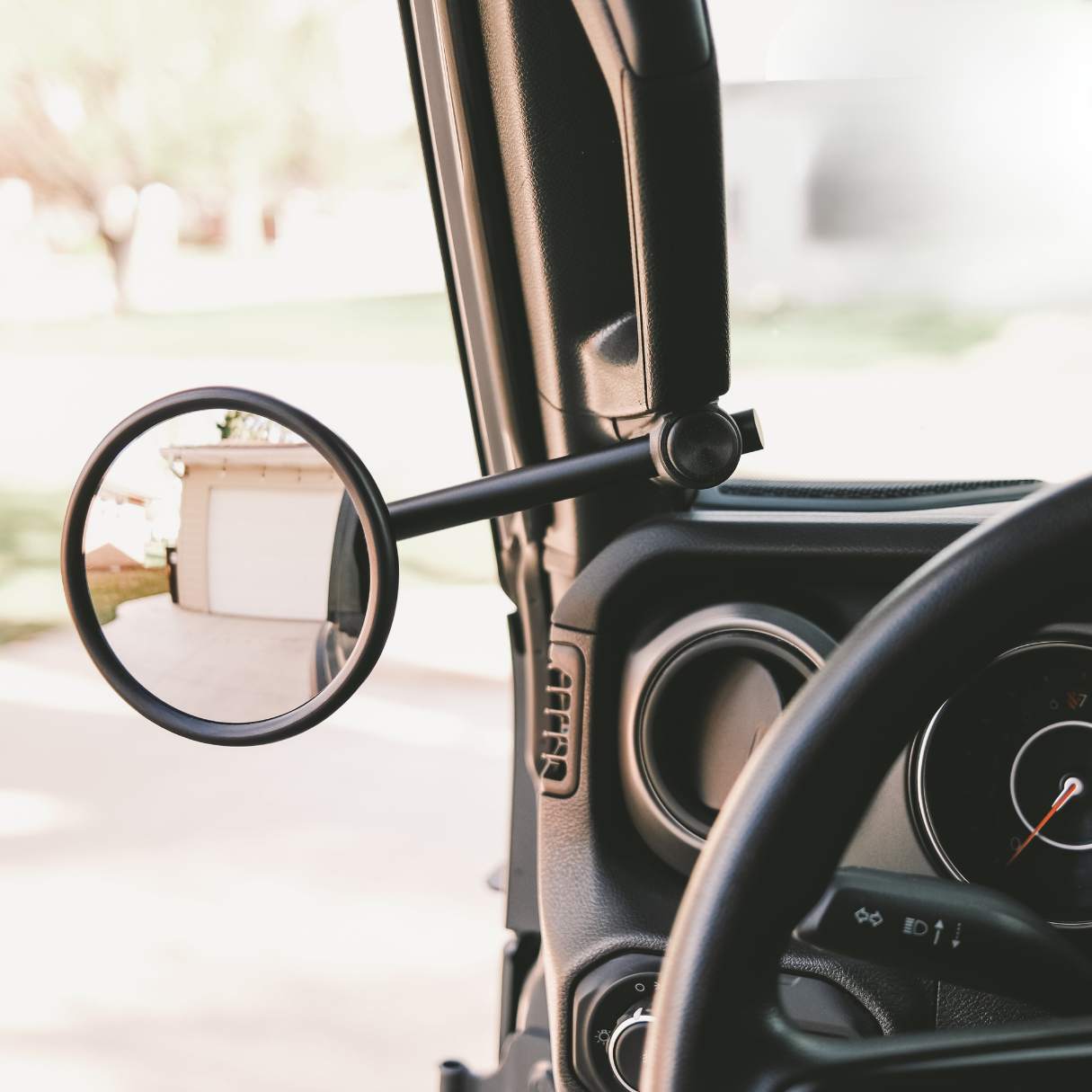
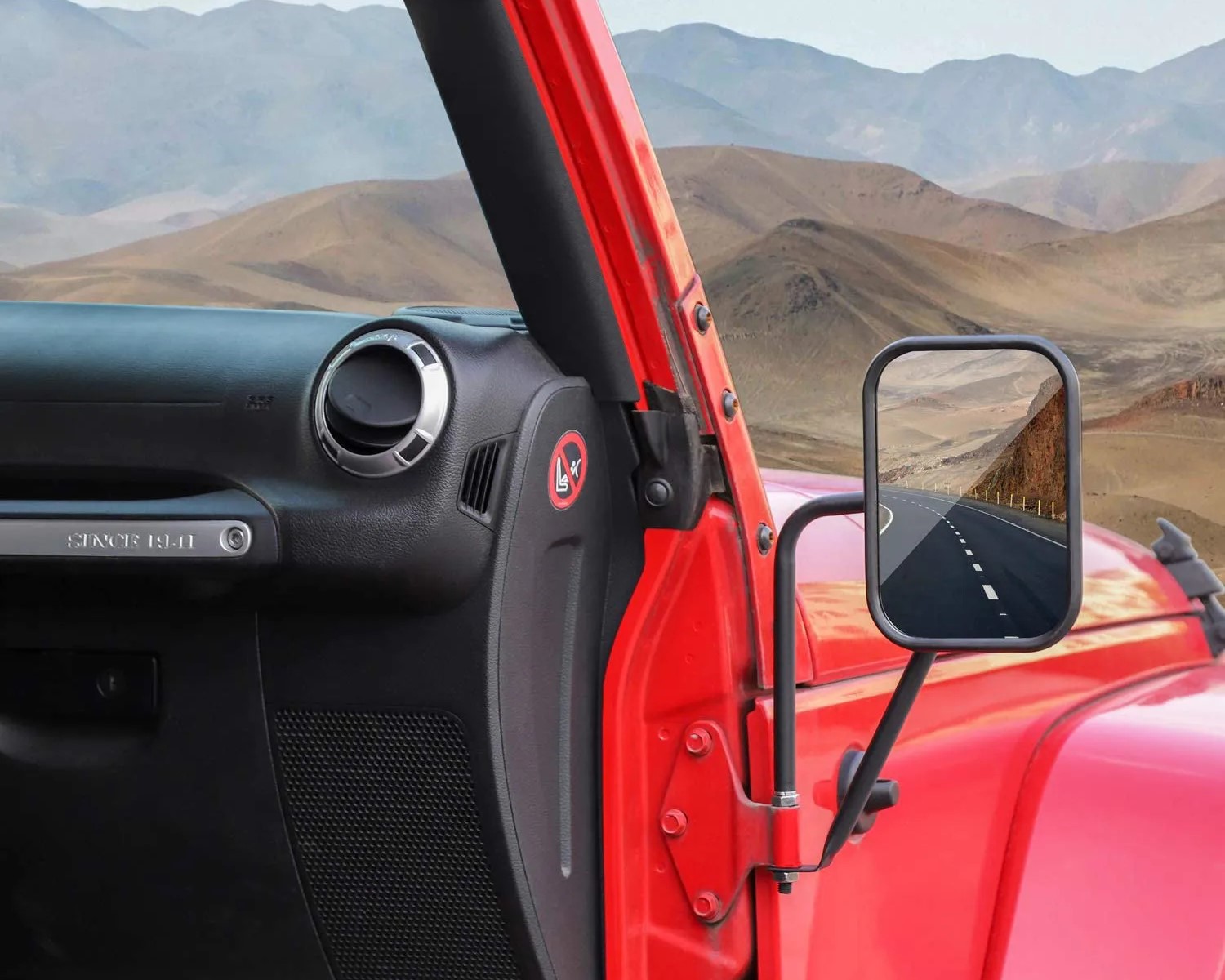




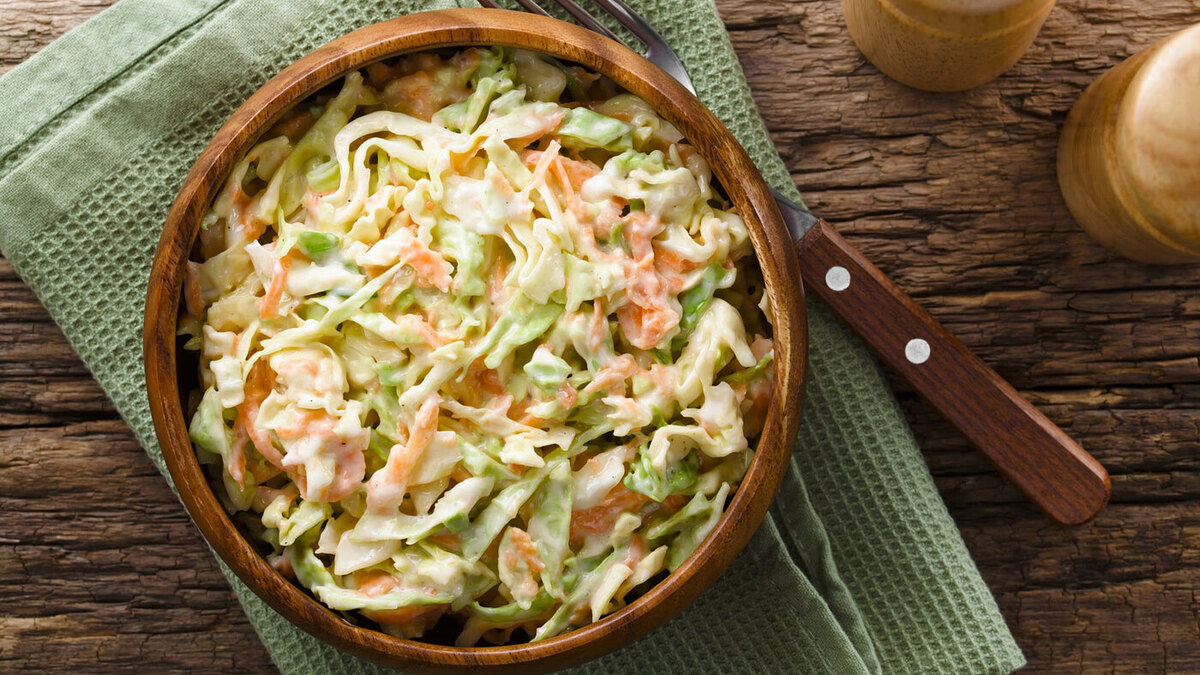
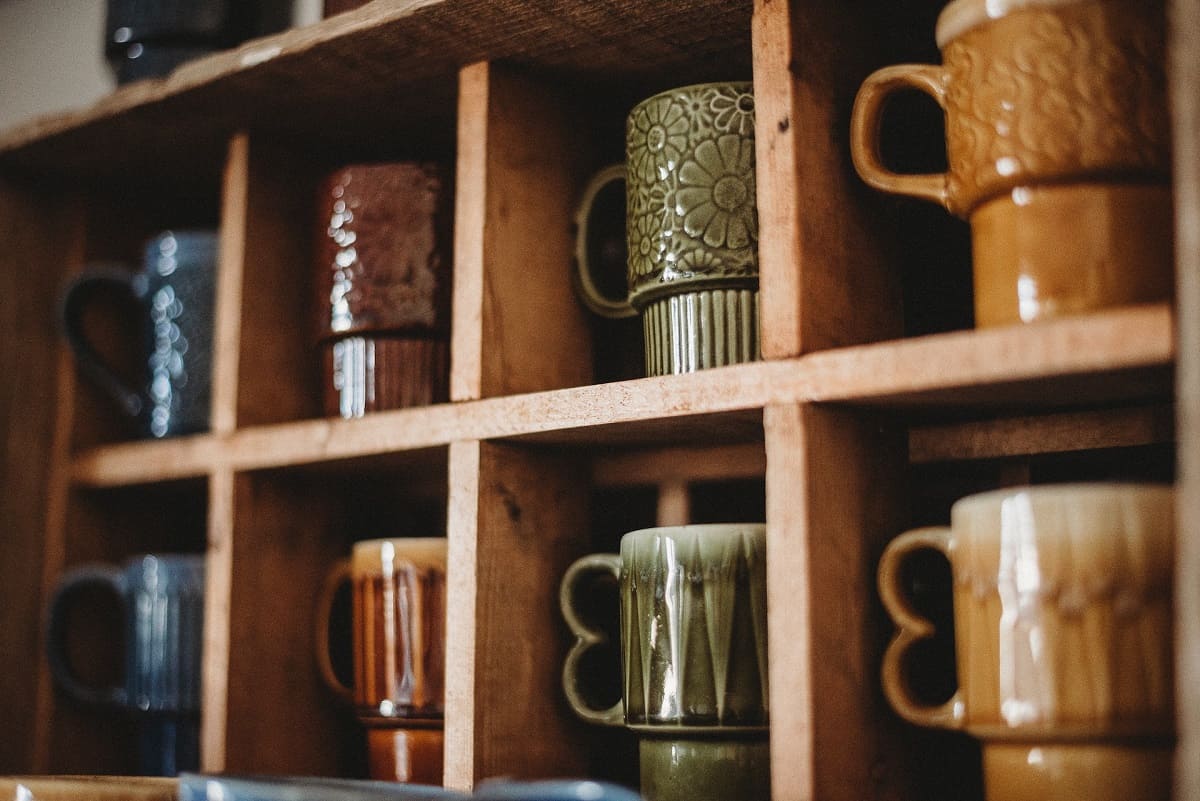

0 thoughts on “How To Store A Jeep Hardtop”